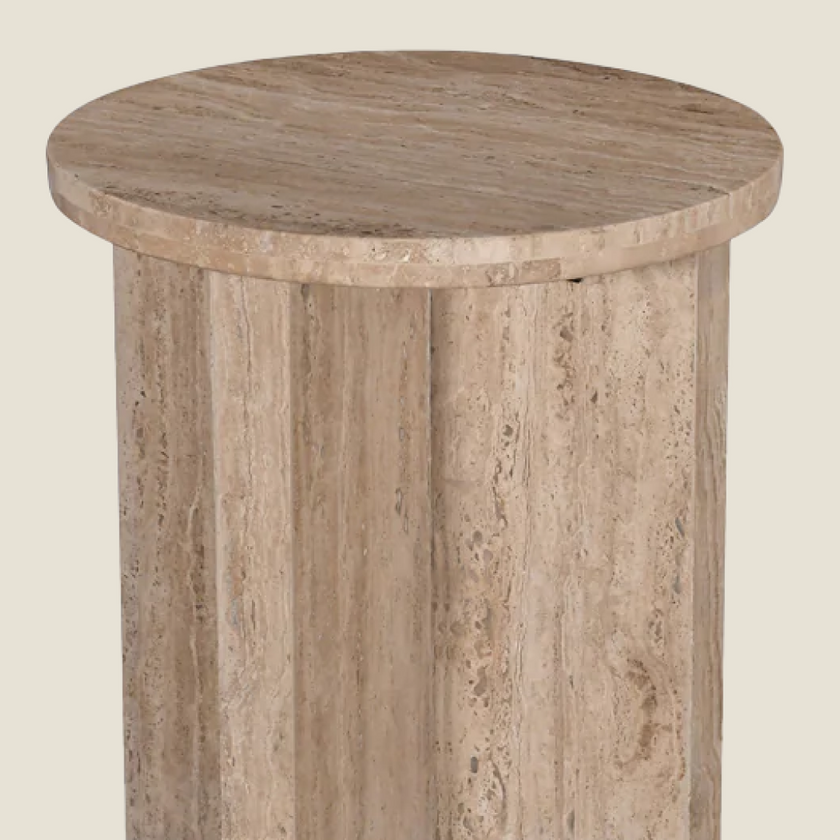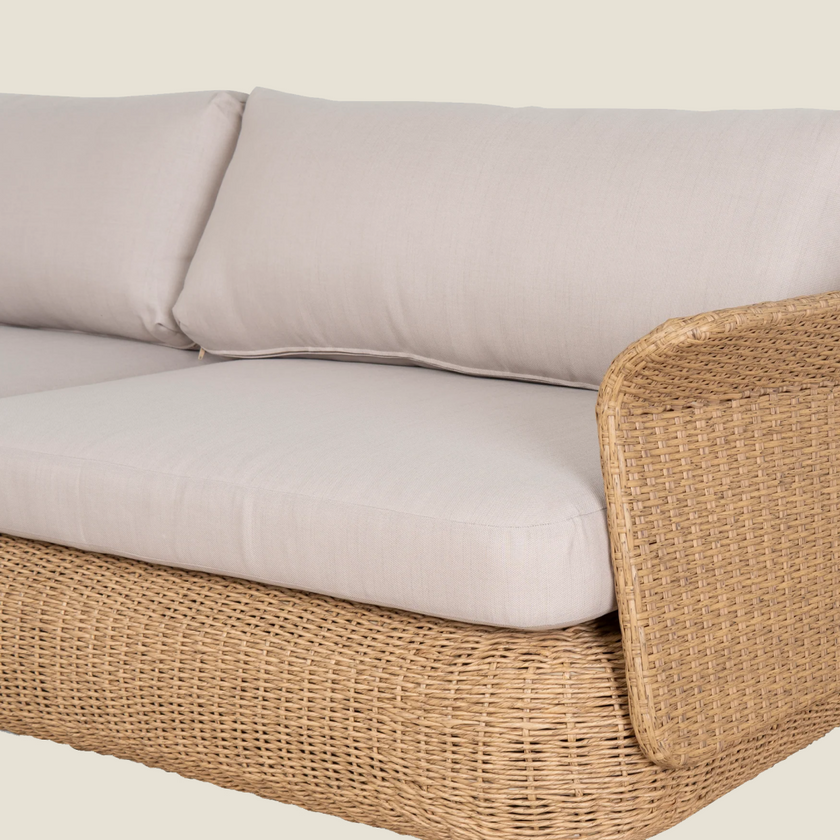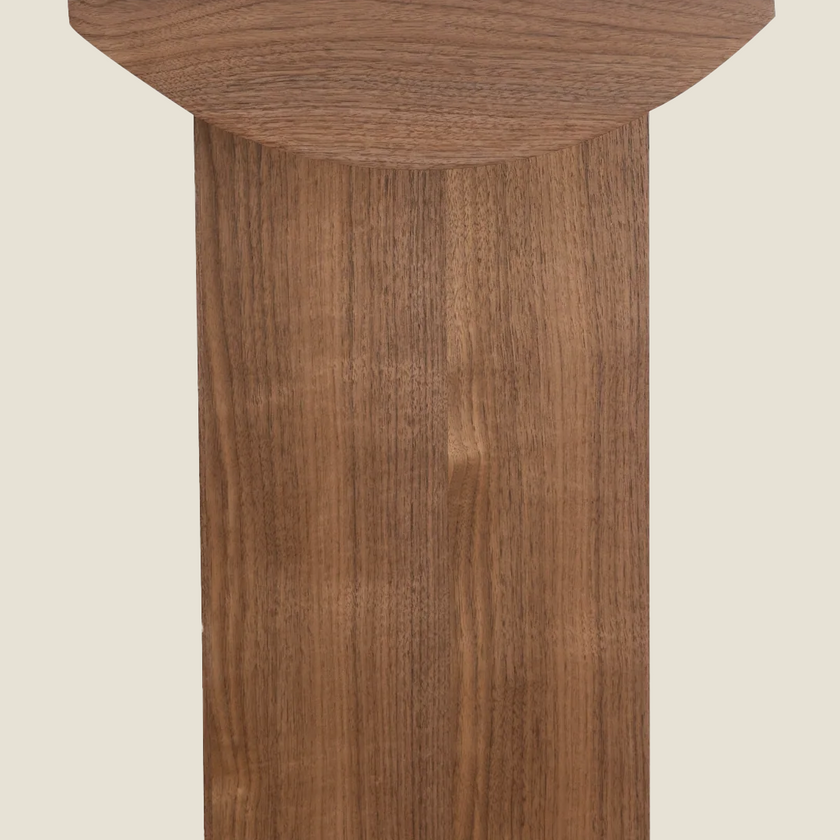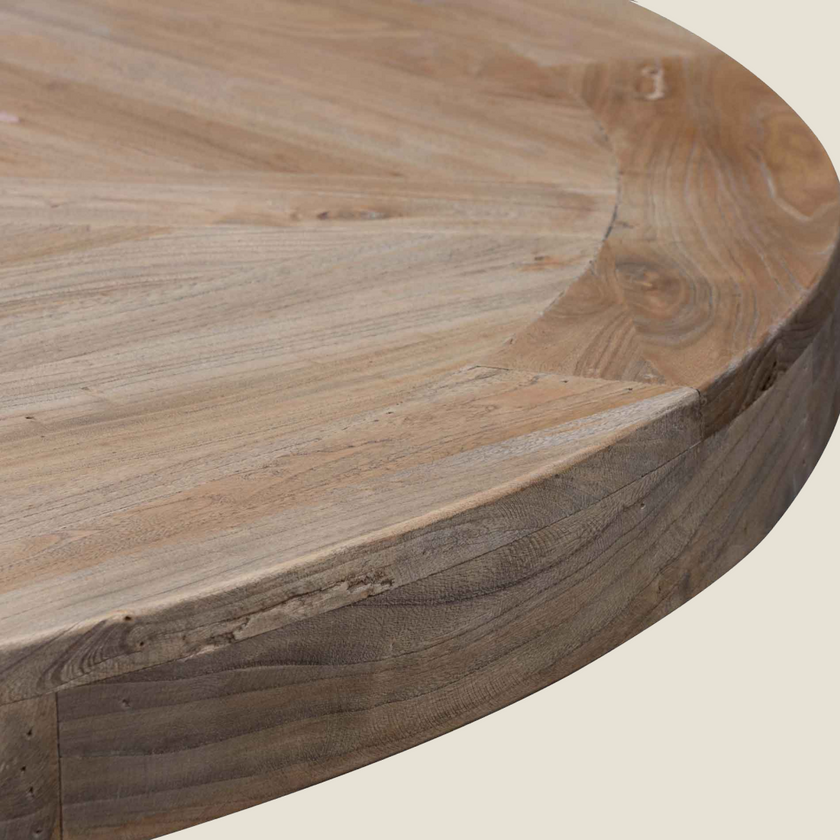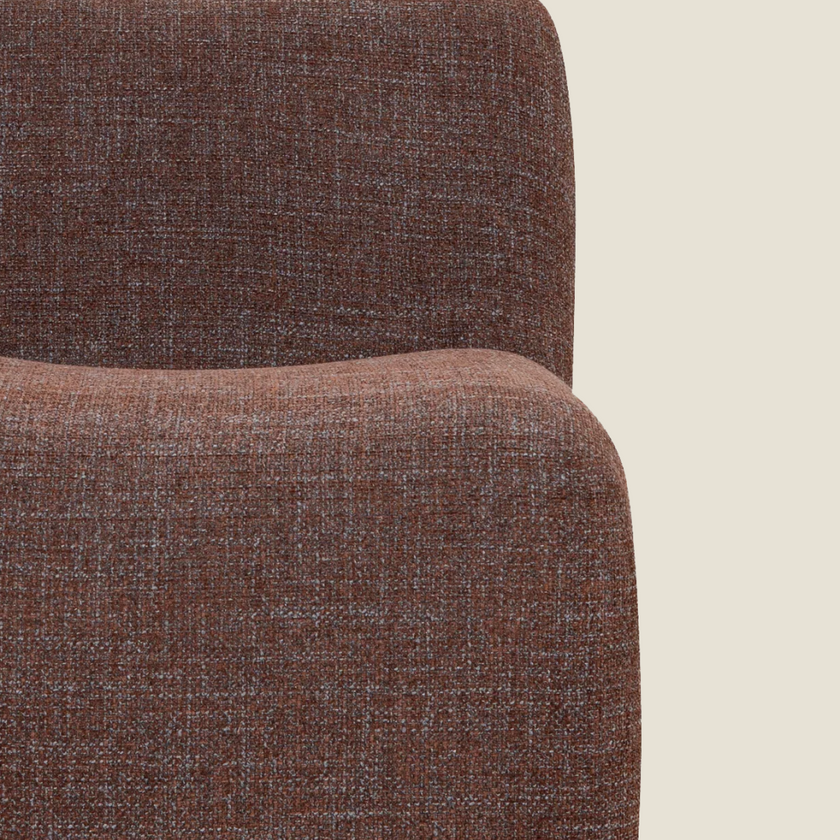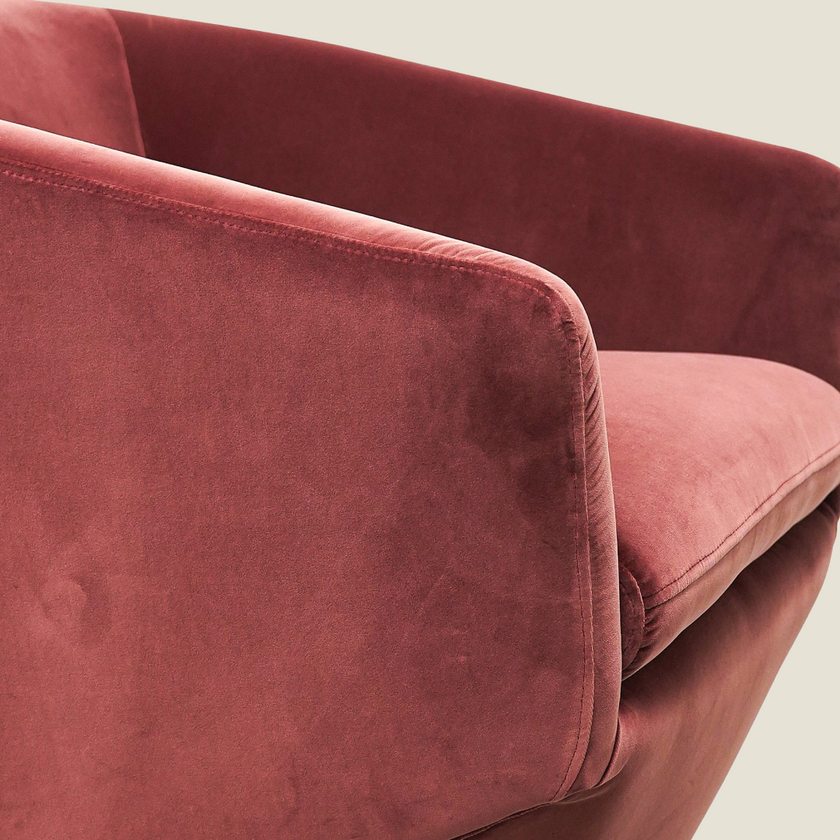MARBLE & TRAVERTINE
To preserve the beauty of your marble & travertine surface:
* Wipe spills and crumbs promptly with a damp cloth to prevent staining.
* Blot spills gently — never rub — and dry the area immediately.
* Always use coasters and placemats — cold cups or bottles can leave condensation marks.
* Common staining or etching agents include sauces, oils, acidic foods, dressings, fruit juices, soft drinks, and alcohol.
* Avoid harsh or abrasive cleaners. Do not use general-purpose sprays, bathroom or grout cleaners, vinegar, bleach, ammonia, descalers, or acid-based solutions, as these can damage the surface.

